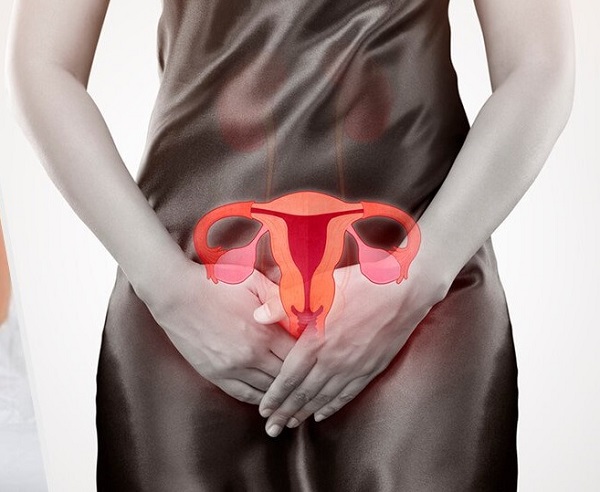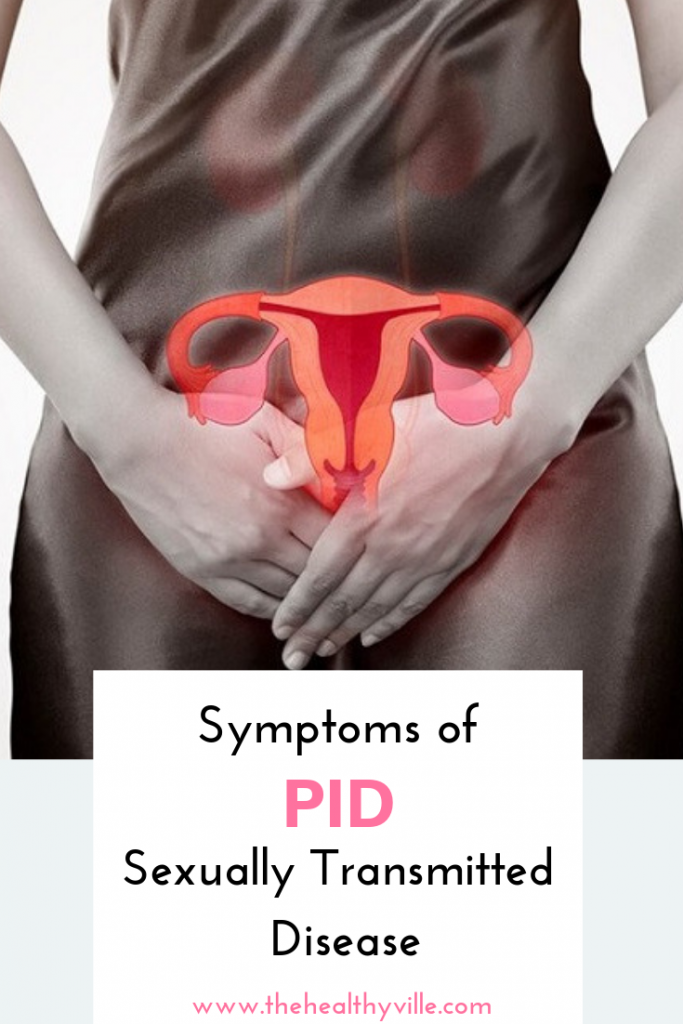The symptoms of PID are often misinterpreted, so being cautious about them is essential. Find out which are they and how to treat them.
The pelvic inflammatory disease is quite common in sexually active women especially when they are less than 25 years of age.
What is PID?
Pelvic inflammatory disease (PID) is an infection that affects the organs of the upper part of the female reproductive system. Either the ovaries, the uterus (womb) or the fallopian tubes.
This is a serious infection that usually occurs when certain infections or sexually transmitted diseases (STDs) go untreated. Despite its severity, pelvic inflammatory disease is quite common, with more than one million people affected each year.
Causes of the disease
Pelvic inflammatory disease (PID) is a bacterial infection that is caused by bacteria. When bacteria travel from the vagina or cervix to the uterus, the ovaries or fallopian tubes can get this infection. This disease can cause chronic pain and other serious health problems such as infertility.
Generally, PID occurs as a consequence of two sexually transmitted diseases: gonorrhea and chlamydia.
Further info: 7 Questions To Ask Gynecologist Immediately That You Wouldn’t Dare Asking!
Although these diseases are cured with antibiotics, they often have no symptoms, so many people are not aware of having them and receive treatment. If left untreated, PPE can occur. In addition, not treating other infections such as bacterial vaginosis can lead to this infection.
A woman is more likely to get PID if:
- She has an STD and does not receive treatment.
- Uses douching.
- Uses an intrauterine device (IUD) as a contraceptive method. You have several sexual partners, or a sexual partner who has sex with more people.
- She is sexually active and 25 years old or younger.
- She has already had PID before.
Symptoms of PID
At first, the symptoms PID do not appear or these are so mild that they go unnoticed. However, the longer you have the infection the symptoms tend to get worse.
Among the symptoms of PID are:
Fever: it is a very frequent symptom.
Abdominal pain: this is the most frequent symptom. Most often, the pain is mild at first and gradually increases in intensity. The pain is located in the lower part of the abdomen and that pain increases with pressure and movement.
Fatigue.
General discomfort.
Bleeding between periods.
Unusual vaginal discharge and abnormal odor (leucorrhea).
Pain and bleeding during sexual intercourse.
Difficulty or pain when urinating.
Diagnosis of the disease
Diagnosing pelvic inflammatory disease is a complicated process since its symptoms are similar to those of other diseases. For this reason, in some cases the treatment starts too late to prevent sequelae.
Some tests that the doctor can perform to diagnose the disease are:
- Analysis of urine and blood.
- Pelvic exam.
- Analysis of the vaginal discharge (leucorrhea).
- Vaginal and cervical cultures.
- Faloposcopy.
- Pelvic ultrasound.
- Laparoscopy.
- Endometrial biopsy.
Treatment of PID
The main treatment of pelvic inflammatory disease consists in the administration of antibiotics together with general measures such as rest or analgesics. In severe cases, the hospitalization of the patient may be necessary.
The objectives of the treatment of pelvic inflammatory disease are to end the infection with antibiotics, alleviate the symptoms and prevent the appearance of sequels and possible complications.
In order to eradicate the infection, the ideal would be to know the germs that cause the disease. However, this is difficult and sometimes it is several bacteria that produce the infection. Therefore, several antibiotics can be prescribed to take at the same time.

Sometimes you can feel better after a few days of treatment. However, it is very important to complete the antibiotic treatment, because if it is stopped, the bacteria can become resistant to the antibiotics, making the treatment more complicated or even impossible. Also, if you have a sexual partner, he also has to be treated with the antibiotic.
In more severe cases, surgery may be necessary to drain abscesses (collections of pus) and wash the affected peritoneum.
Prevention
The best way to prevent pelvic inflammatory disease is to practice safe sex, through the use of barrier contraceptive methods such as condoms. However, the only absolute way to prevent an STD is not to have sex. Some tips to reduce the risk of suffering from this disease are:
– Being monogamous, that is, having only one sexual partner.
– Taking an STD test before starting a relationship.
– Getting regular screenings for STDs.
A proper intimate hygiene is key when it comes to preventing these diseases. In general, douching is not recommended as it can cause irritation and infections. Likewise, they can favor the contraction of the pelvic inflammatory disease since they push the bacteria inside the body.
Don’t forget to SHARE the symptoms of PID with your friends and family as well, on your social media!

